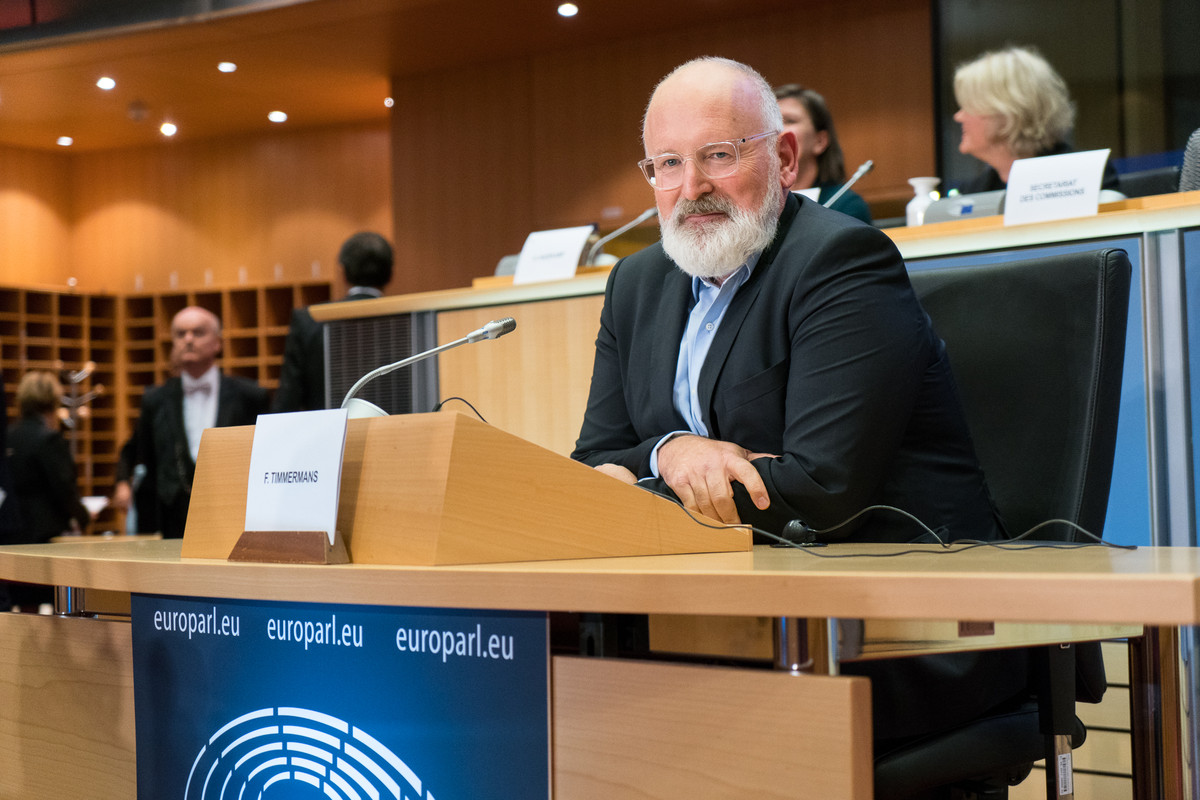In early 2023 the EU Commission is expected to endorse a comprehensive EU cycling declaration that will set out strategic support by the EU institutions and Member States for cycling up to 2030. This will not only cover cycling’s contribution to the EU Green Deal, it will also include the needs of business and industry to achieve the ambitious goals of the plan.
Cycling Industries Europe and partner organisations at EU level have welcomed the plan and are now working flat out to create and influence the policies and programmes that will be included in the strategy.
Kevin Mayne, CEO of CIE explains “We have long identified that other mobility and tourism sectors have benefitted from having a strategic plan agreed with the EU institutions. That has enabled them to influence regulations, attract funding, encourage research and generally get a privileged place inside decision-making that influences the world’s biggest single market zone. I am delighted that our recent work has really demonstrated that the EU needs to adopt more cycling as a strategic goal and support many exciting opportunities to create the most sustainable, resilient and innovative cycling business sector in the world.”
The confirmation of the new declaration on cycling was made by the EU Commission’s Executive Vice President Frans Timmermans at the Copenhagen Bicycle Summit in June.
Expanding on the possibilities for the industry CIE and CONEBI organized a joint leadership breakfast at Eurobike in July which highlighted the main lobby priorities for the organisations.
These include:
- An ambitious target to grow the number of cyclists in Europe through more infrastructure and more promotion of all forms of cycling, with increased funding from the EU and members states for cycling infrastructure.
- Supporting those cycling technologies and business models that get more people riding, including e-bikes, shared and leased bikes, connected technologies and safety innovations. Protecting this growth with stable and effective regulations that encourage cycle use.
- Increasing the sustainability and reliability of bicycle supply by supporting more bikes and components made and assembled in Europe, with help for companies for reshoring and innovation and sustainability, while meeting any new EU regulatory needs for products and businesses.
- A comprehensive skills agenda for the business sector, identifying skills shortages and helping retrain workers from declining industries.
- Digitalisation of both mobility and industrial value chains, increasing knowledge, efficiency, consumer choice and safety while enabling the business sector to comply with new industrial policies for digitalisation.
- Encouraging more countries and regions to have cycling industry strategies focussing on the opportunities for job growth and business competitiveness.
Bringing the interests of all businesses and stakeholders into the development of an EU Cycling Declaration will need the participation and close collaboration of all companies and associations in all countries across the continent, because we will need more resources and more impact to create and deliver the EU plan. Expert Groups will focus on key topics and collect relevant data in their area of expertise.
This is a unique opportunity to bring much more support and resources into cycling, we at CIE determined to maximise this opportunity. We hope all companies will want to be part of the process, please get in touch to see how you can be involved and how your company can benefit. Work has already started on some key initiatives linked to the EU Cycling Declaration, including extensive analysis of the likely growth trends in the industry up to 2030 such as sales, employment and investment.
In support of these aims CIE and CONEBI also announced a new working approach between the two organisations, united in wanting more people in Europe riding bikes and working together to support and represent a complete industrial ecosystem that needs to become even more connected, sustainable and resilient.
To achieve that, the two associations are going to work even more closely with each other, working together more formally and in a more structured way, starting as first step with an agreement that includes details for structured collaboration, working areas and resources.
Share on Linkedin Share on Facebook Share on Twitter Subscribe to our newsletter